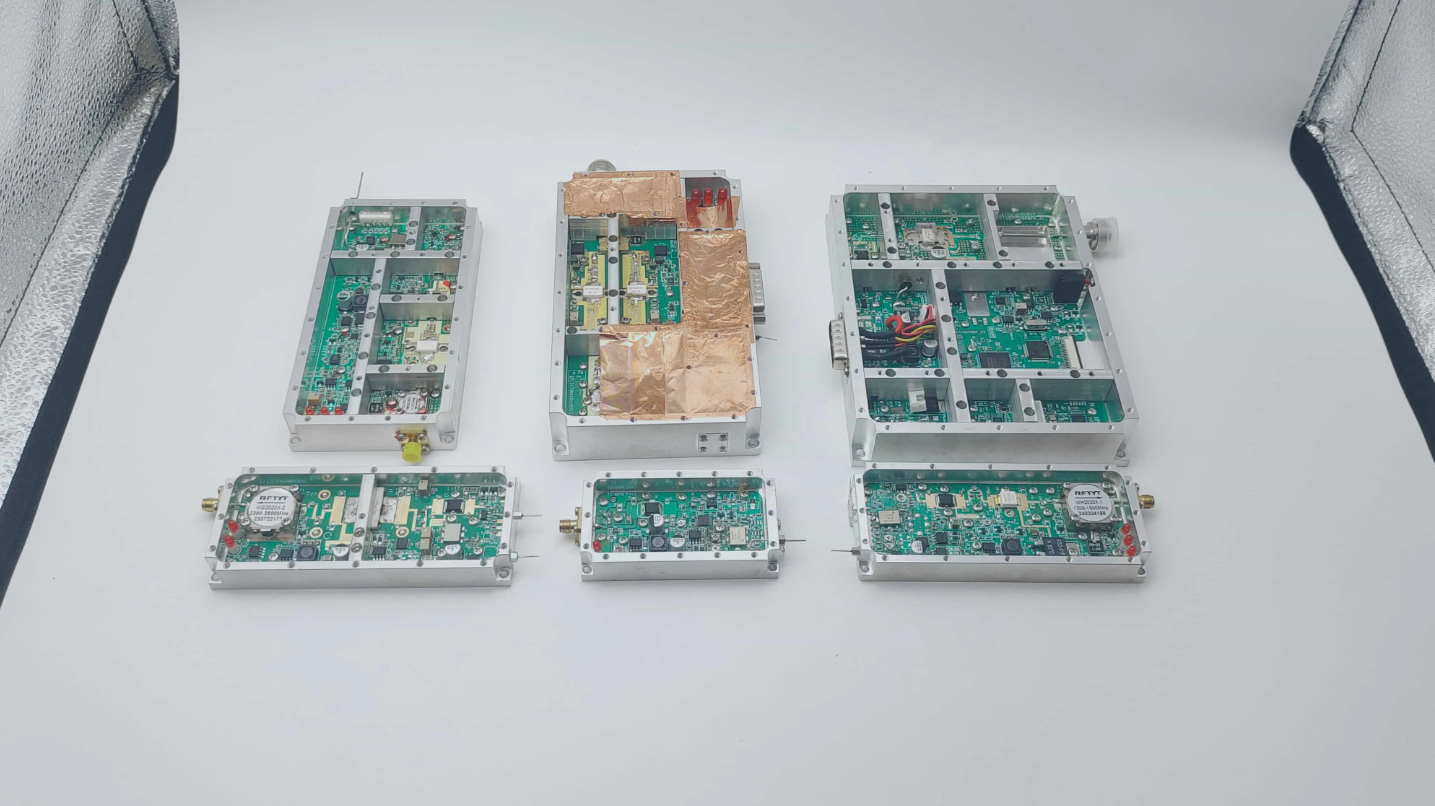Understanding Signal Detection in Modern Drone Defense Systems
The rapid proliferation of unmanned aerial vehicles (UAVs) in both commercial and recreational spaces has created unique challenges for security systems. At the heart of these challenges lies the crucial task of accurately distinguishing drone signals from the ever-present Wi-Fi communications that saturate our airspace. An antidrone module serves as the cornerstone of drone detection technology, employing sophisticated methods to identify and isolate UAV communications from ambient wireless traffic.
As our airspace becomes increasingly congested with various wireless signals, the ability to accurately detect and classify drone communications has become paramount for security professionals. Modern antidrone modules utilize advanced signal processing techniques and machine learning algorithms to ensure reliable drone detection while minimizing false positives from similar wireless transmissions.
Core Technologies Behind Drone Signal Recognition
Frequency Analysis and Signal Characteristics
An antidrone module primarily relies on sophisticated frequency analysis to identify drone communications. While both drones and Wi-Fi devices operate in similar frequency bands, particularly around 2.4 GHz and 5 GHz, drones exhibit distinct signal patterns and characteristics. The module analyzes signal strength, frequency hopping patterns, and modulation techniques unique to drone protocols.
These systems employ specialized radio frequency (RF) sensors that can detect and analyze signals across multiple frequency bands simultaneously. The antidrone module processes these inputs through advanced signal processing algorithms that examine the unique spectral signatures of different drone manufacturers and models, setting them apart from standard Wi-Fi traffic.
Protocol and Behavioral Pattern Recognition
Beyond basic frequency analysis, antidrone modules implement deep protocol inspection to identify the specific communication patterns used by drone control systems. While Wi-Fi traffic typically follows standardized IEEE 802.11 protocols, drone communications often utilize proprietary protocols with distinctive patterns and timing characteristics.
The module's pattern recognition capabilities extend to analyzing the behavioral aspects of signals, including transmission intervals, data packet structures, and command-and-control sequences. These unique behavioral fingerprints help distinguish legitimate drone operations from regular wireless network traffic with high accuracy.
Advanced Signal Processing Techniques
Machine Learning and AI Integration
Modern antidrone modules leverage artificial intelligence and machine learning algorithms to enhance their discrimination capabilities. These systems are trained on vast databases of known drone signals and Wi-Fi traffic patterns, enabling them to recognize subtle differences that might be imperceptible to traditional detection methods.
The integration of AI allows the module to continuously improve its detection accuracy through adaptive learning. As new drone models enter the market with different signal characteristics, the system's machine learning algorithms update their recognition patterns to maintain effective detection capabilities while minimizing false alarms from Wi-Fi networks.
Real-time Signal Analysis and Filtering
The antidrone module performs real-time analysis of incoming signals through sophisticated digital signal processing (DSP) techniques. These systems employ advanced filtering algorithms to separate drone control signals from background wireless noise and legitimate Wi-Fi communications.
Through continuous monitoring and analysis, the module can track multiple signal sources simultaneously, creating detailed signal profiles that help distinguish between different types of wireless communications. This real-time processing capability ensures rapid threat assessment and response to potential drone incursions.

Environmental Adaptation and Calibration
Site-Specific Signal Mapping
An effective antidrone module must adapt to its operational environment through comprehensive site-specific signal mapping. This process involves creating detailed RF environment profiles that account for local Wi-Fi networks, cellular signals, and other legitimate wireless communications.
The system maintains an updated database of authorized wireless devices and their typical signal patterns, allowing it to focus on identifying anomalous signals that may indicate drone activity. This environmental awareness significantly reduces false positive rates while maintaining high detection sensitivity.
Dynamic Threshold Adjustment
To maintain optimal performance across varying conditions, antidrone modules implement dynamic threshold adjustment mechanisms. These systems continuously calibrate their detection parameters based on environmental factors such as signal noise levels, weather conditions, and local RF activity.
The module's adaptive algorithms automatically adjust sensitivity thresholds to maintain reliable drone detection while preventing false triggers from legitimate wireless traffic. This dynamic calibration ensures consistent performance across different operational scenarios and environmental conditions.
Frequently Asked Questions
How accurate are antidrone modules in distinguishing drone signals?
Modern antidrone modules achieve detection accuracy rates exceeding 95% when properly calibrated and maintained. This high accuracy is achieved through multiple layers of signal analysis, machine learning algorithms, and continuous system updates to recognize new drone models and communications protocols.
Can weather conditions affect the module's ability to distinguish signals?
Weather conditions can impact signal propagation and detection capabilities, but advanced antidrone modules incorporate environmental compensation algorithms to maintain reliable performance. The systems automatically adjust their detection parameters to account for atmospheric conditions while maintaining accurate signal discrimination.
What range can an antidrone module effectively detect and classify signals?
The effective detection range varies depending on the specific module and environmental conditions, but most professional-grade systems can reliably distinguish drone signals from Wi-Fi traffic at distances of 1-5 kilometers. Some advanced systems may achieve even greater ranges under optimal conditions.

 EN
EN






